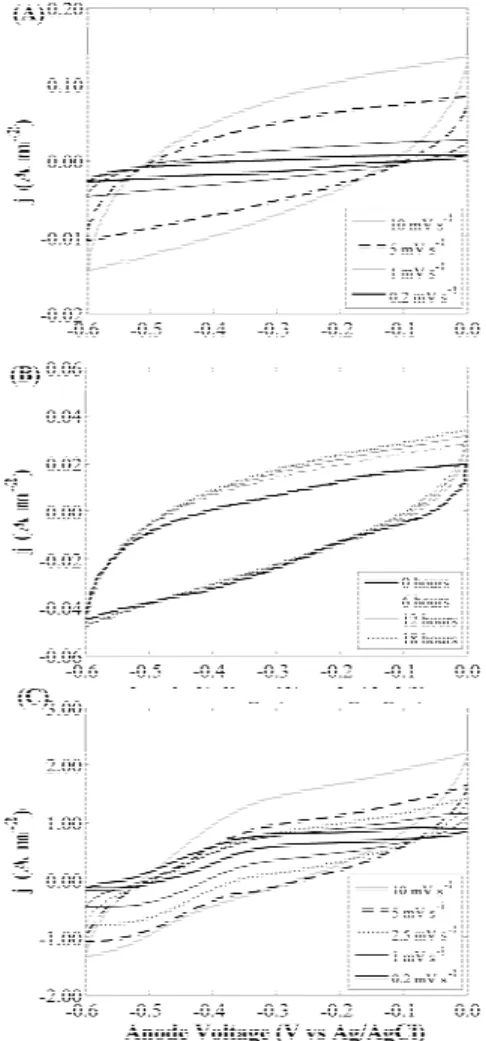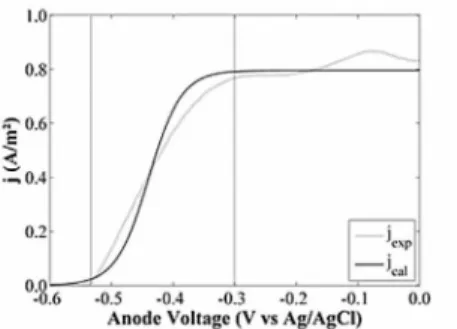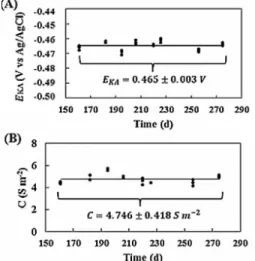Braz. J. Chem. Eng. vol.34 número1
Texto
Imagem




Documentos relacionados
The decolorization ability of free and immobi- lized spore laccases was evaluated with two acid dyes (methyl red and acid red 1) and a basic dye (methyl green) at 37 °C and 60 °C
On the other hand, the suboptimal temperatures in SSF are expected to be minimized by using thermotolerant microor- ganisms (Narra et al., 2015; Naveen et al., 2011)..
Chlorella vulgaris cells by flocculation using Moringa seeds in other forms, as extract and seed cake, be- sides flour, as a strategy for lowering costs since seed cake is a
Figure 8 depicts that, when the initial concentration of phenol in the medium is 500 mg/L, the isolate in its immobilized form degrades the hydrocarbon faster than immobi- lized
The effects of K2FeO4 oxidation, sonication, and sono-oxidative pre-treatment methods on both the disintegration and anaerobic biodegradability of sludge were investigated.. Based
To verify the permeate applicability for industrial reuse, the physical-chemical properties of the treated effluent obtained with the optimal operational condi- tions (NF90
The results showed that the germina- tion index for raw dairy wastewater was 151% (Figure 6), while seed germination of the treated effluents was 131%, 91% and 73%, respectively,
Table 2: Percentage recovery of metals from spent HDS catalyst by chemical leaching (CL) with com- mercial sulfuric acid and by bioleaching employing MCC (medium, cells and


